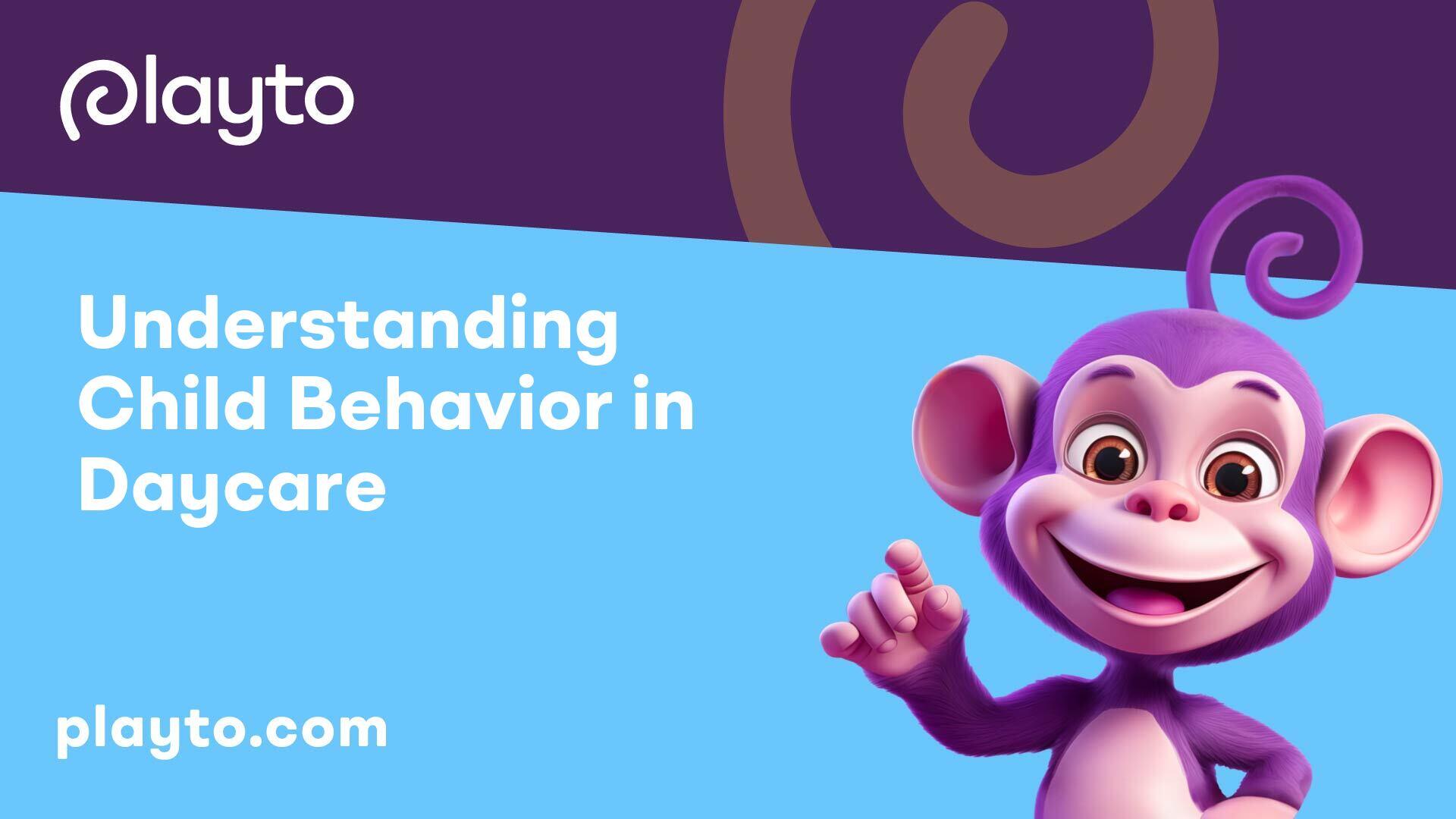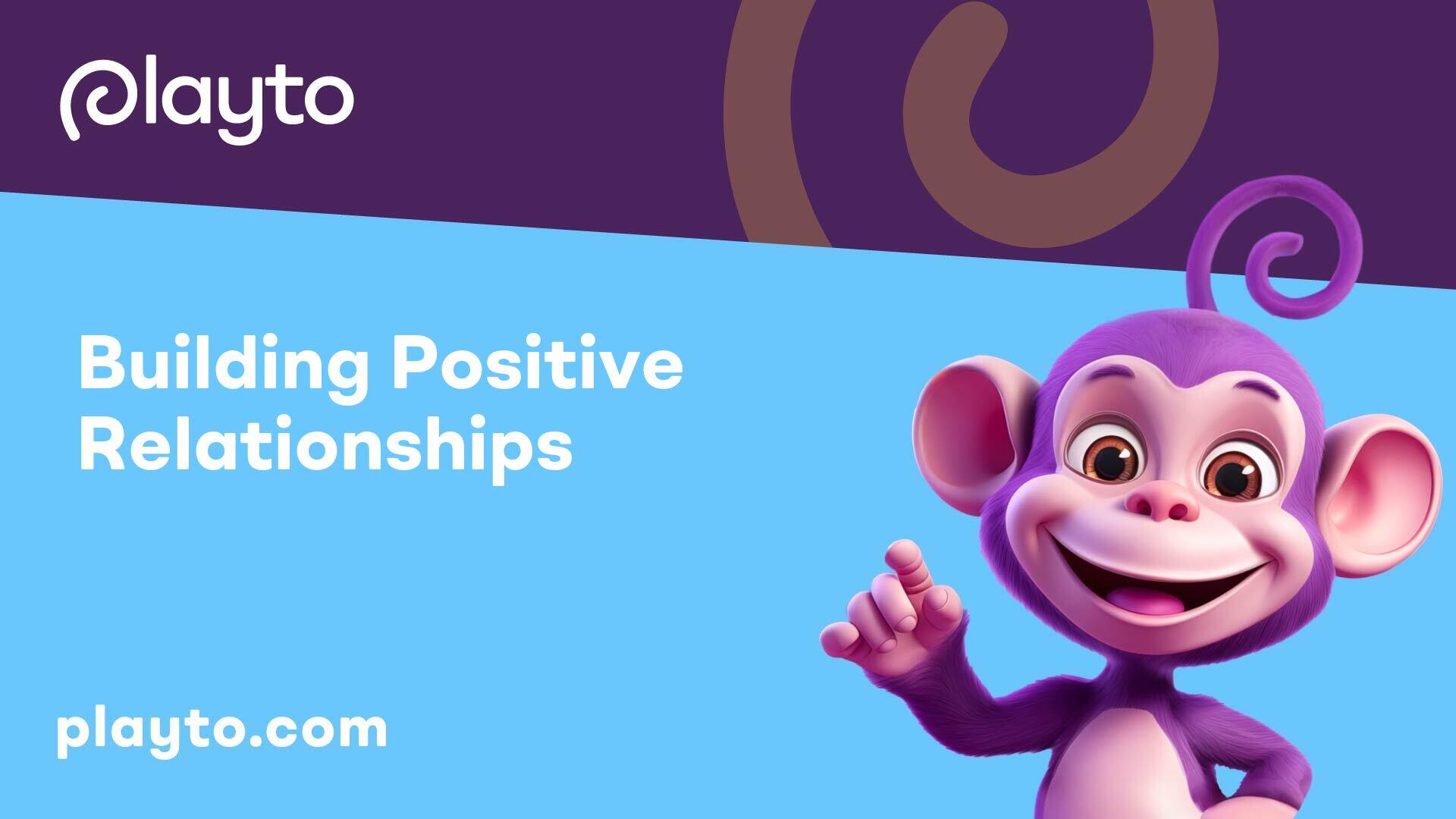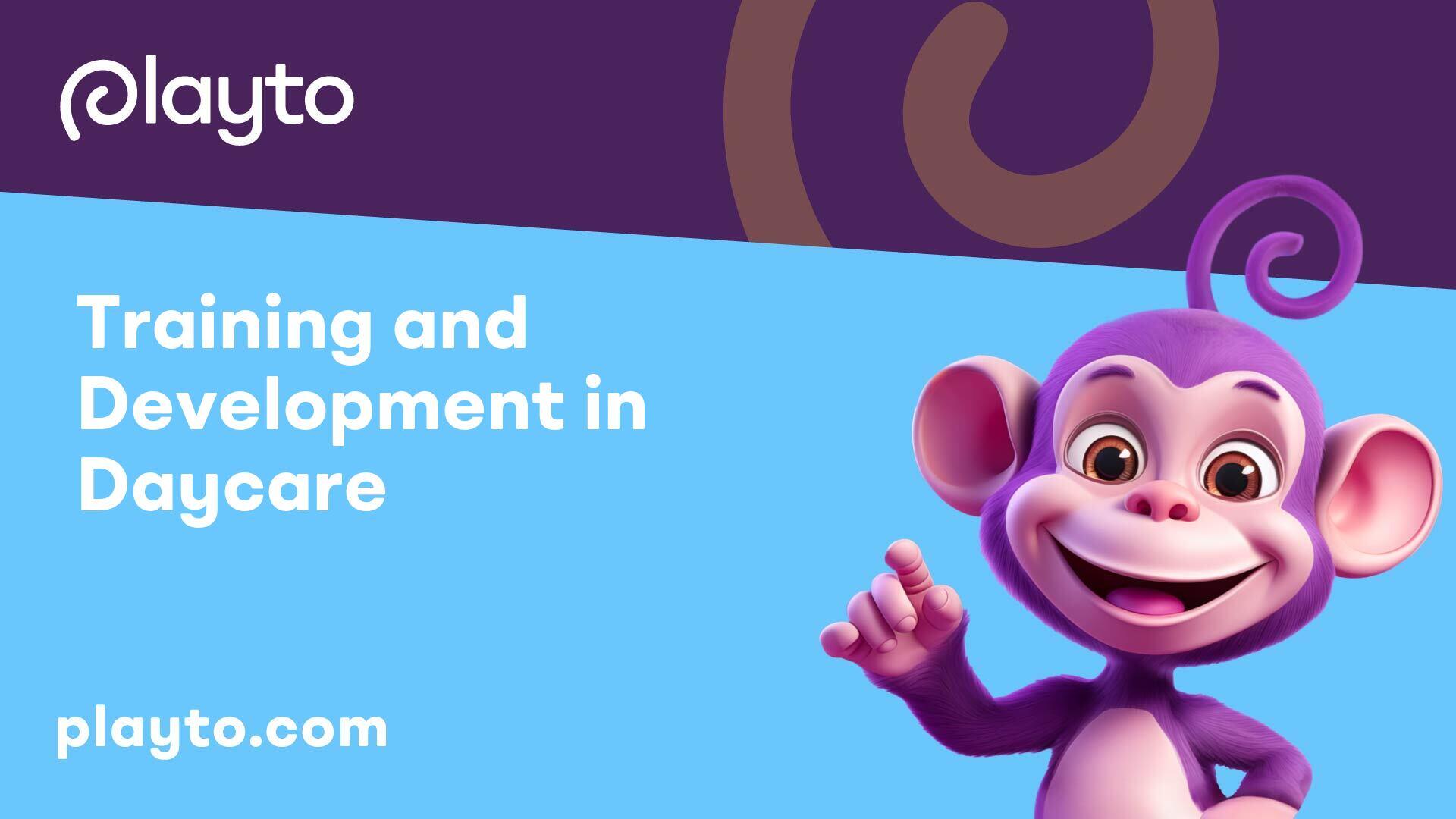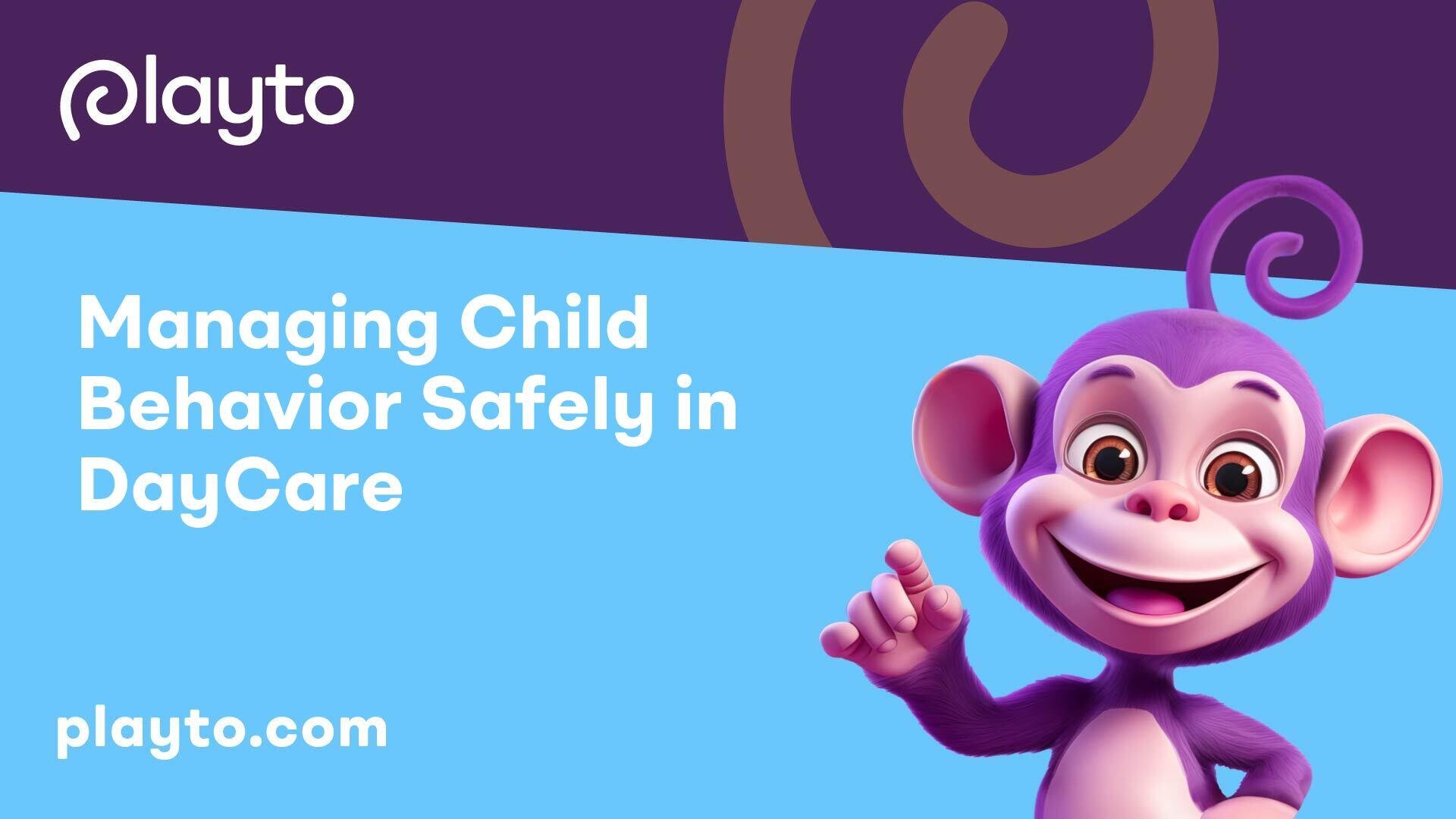
Understanding Child Behavior in Daycare
Understanding child behavior in daycare is essential for creating a nurturing and supportive environment for young children. It involves grasping how children communicate through their actions and recognizing what constitutes normal developmental behaviors.
Communication through Behavior
Children often convey their needs and emotions through behavior, as stated by Childcare.gov. Their actions may serve as a form of expression when they lack the verbal skills to articulate their thoughts effectively. Behaviors, even challenging ones, can be valuable cues to understanding children's underlying emotions and needs. Caregivers who can interpret these behaviors and respond empathetically can help children navigate their feelings and guide them towards more constructive means of communication.
Normal Developmental Behaviors
It's crucial to recognize that many child behaviors, even those that may seem disruptive, are a part of normal development. As explained by Childcare.gov, these behaviors can often be managed effectively when caregivers comprehend the reasons behind them and offer supportive guidance. By responding in a positive and understanding manner, caregivers can help children learn appropriate ways to express themselves and interact with others in a daycare setting.
By understanding the intricacies of child behavior in daycare, caregivers can establish a foundation of trust and support that fosters emotional growth and healthy development in young children. This comprehension allows for more effective communication and interaction, leading to a safe and nurturing environment for children to thrive.

Building Positive Relationships
In the realm of managing child behavior safely in daycare, establishing positive relationships with both parents and caregivers plays a pivotal role. By fostering collaboration with parents and maintaining consistent strategies, child care providers can create a supportive environment conducive to effective behavior management.
Collaboration with Parents
According to Childcare.gov, a collaborative approach between parents and child care providers is key to addressing challenging behaviors in children effectively. Working together to develop a tailored plan to support the child and address behaviors early on can lead to successful outcomes. Through open communication, mutual respect, and shared goals, parents and caregivers can form a strong alliance focused on the well-being and development of the child.
To enhance this collaboration, child care providers should establish diverse communication channels that cater to the varied needs of families. This includes accommodating different languages, technological preferences, and accessibility constraints. Ensuring that communication is inclusive and easily accessible for all parents is crucial for building strong partnerships and promoting transparency within the daycare setting.
Consistent Strategies
Consistency in behavior management strategies employed by both parents and caregivers is essential for effectively addressing and managing challenging behaviors in children. By aligning their approaches and maintaining consistency in expectations and responses, parents and providers can create a harmonious environment that supports positive behavior development in children.
Incorporating ongoing professional development opportunities for staff in childcare centers is also crucial. Training programs such as online courses can enhance the skills and knowledge of caregivers, equipping them with the tools needed to manage child behavior safely in daycare settings [2]. By investing in continuous learning and skill development, childcare providers can stay abreast of best practices and evidence-based strategies for promoting positive behavior and resolving challenging situations effectively.
By prioritizing collaboration with parents and maintaining consistency in behavior management strategies, child care providers can create a nurturing and supportive environment that fosters healthy development and positive behavior in children. Building strong relationships based on trust, open communication, and shared goals is fundamental to ensuring the well-being and success of every child in daycare.

Training and Development in Daycare
For effective management of child behavior in daycare settings, ongoing training and development play a crucial role. Daycare providers in New York understand the significance of continuous learning to ensure the safety and well-being of the children under their care.
Importance of Ongoing Training
Continuous training is essential for daycare staff to stay updated on the latest practices and methodologies in child behavior management. Free online training courses are widely available, covering topics such as trauma-informed care, recognizing child abuse, classroom management, and pediatric first aid. By regularly participating in training sessions, daycare providers can enhance their skills and knowledge, leading to improved outcomes for the children in their care.
One such course, "One Step at a Time: Helping Young Children Be Physically Active!" offered by Bright Futures, focuses on promoting physical activity in young children. This program consists of three modules and provides a certificate of completion upon finishing the course.
Certification Programs
Certification programs offer a structured approach to training daycare staff and ensuring compliance with industry standards. CCEI Online provides Child Care Staff Certification Programs that cater to the training requirements of the Council for Professional Recognition's Child Development Associate (CDA) Credential and CDA Renewal. These programs are designed to meet the diverse needs of students, equipping them with the necessary skills to provide high-quality care for children [3].
In addition to online resources, the Centers for Disease Control and Prevention (CDC) offer a free training course aimed at educating early childhood educators on monitoring children's progress toward developmental milestones and effectively communicating with families. This course not only enhances the skills of daycare providers but also provides them with a certificate of completion and training credits upon evaluation.
By emphasizing the importance of ongoing training and certification programs, daycare facilities in New York can maintain high standards of care and ensure a safe and nurturing environment for children to learn and grow. Continued professional development not only benefits the daycare staff but also enhances the overall quality of early childhood education and care provided in these settings.
Effective Communication with Families
Communication plays a pivotal role in maintaining a strong partnership between daycare staff and families. By employing diverse communication channels and embracing culturally responsive practices, daycare centers can ensure effective and meaningful interactions with parents.
Diverse Communication Channels
To cater to the diverse needs of families in daycare settings, child care providers should establish communication channels that are accessible to all parents. This includes those who speak different languages, may not engage with digital technology, or have limited access to technology. By offering various forms of communication such as face-to-face conversations, telephone calls, or written notes, daycare centers can ensure that information is equally accessible to all families [1].
Utilizing a mix of communication methods allows daycare staff to reach parents effectively and engage them in their child's development. By offering multiple channels for communication, such as email, SMS text messaging, or social media platforms, childcare centers can overcome the challenges posed by limited face-to-face interactions, especially in situations like the current pandemic.
Culturally Responsive Practices
Recognizing and respecting the diversity of language and cultural backgrounds among families is essential in daycare programs. By tailoring communication practices to accommodate varying preferences, values, and commitments, daycare staff can foster a welcoming and inclusive environment for all families.
Understanding families' communication preferences is key to building positive relationships. Providing information in a language that families understand, avoiding jargon, and using family-friendly language can help bridge communication gaps and ensure that parents are actively engaged in their child's daycare experience. By acknowledging and incorporating cultural values into communication practices, daycare centers demonstrate respect for families' backgrounds and create a sense of belonging and trust.
Empowering families to understand their child's development through observations, assessments, and open communication channels strengthens the partnership between daycare staff and parents. It is through these culturally responsive practices that daycare centers can establish meaningful connections with families, promote collaboration, and enhance the overall daycare experience for both children and parents.
In summary, effective communication with families in daycare settings involves utilizing diverse channels to ensure accessibility and embracing culturally responsive practices to foster mutual understanding, trust, and engagement. By prioritizing strong communication strategies, daycare centers can build positive relationships with families, promote transparency, and create a supportive environment for all stakeholders involved.
Managing Child Behavior Strategies
When it comes to managing child behavior safely in daycare, implementing effective strategies is essential to create a nurturing and structured environment for children. In this section, we will explore three key strategies: setting clear expectations, encouraging good behavior, and practicing rational detachment.
Setting Clear Expectations
Setting clear expectations for behavior is crucial in guiding children's conduct in daycare settings. By establishing rules that are specific, observable, and measurable, caregivers provide children with a clear framework to follow. Consistency in applying these expectations across all situations is key to fostering a sense of security and predictability for children [4].
Creating a positive environment where children know what is expected of them helps to reduce uncertainty and anxiety, leading to smoother interactions and more positive behavior. Caregivers should communicate these expectations in a manner that is age-appropriate and encourage children to adhere to the guidelines through positive reinforcement.
Encouraging Good Behavior
Encouraging and reinforcing good behavior is a fundamental aspect of managing child behavior in daycare. By praising and acknowledging positive actions, caregivers can reinforce desirable behaviors and promote a supportive atmosphere. Celebrating achievements, no matter how small, can boost children's self-esteem and motivation to continue exhibiting positive conduct.
One effective method is to use a reward system that recognizes and rewards good behavior. This can include verbal praise, stickers, or small tokens of appreciation. By highlighting and positively reinforcing desirable behaviors, caregivers can create a culture where children feel valued and encouraged to engage in positive actions consistently.
Rational Detachment
Rational detachment is a strategy that entails maintaining emotional composure and objectivity when addressing challenging behaviors in children. By remaining calm and composed, caregivers can respond to misbehavior in a rational and appropriate manner, rather than reacting emotionally. This approach helps to de-escalate situations and model self-regulation for children.
Practicing rational detachment involves focusing on the behavior itself rather than the child, addressing the situation with empathy and understanding. By setting aside personal emotions and biases, caregivers can approach discipline in a fair and consistent manner. This strategy not only helps in managing difficult behaviors effectively but also promotes a positive and respectful relationship between caregivers and children.
By implementing these strategies—setting clear expectations, encouraging good behavior, and practicing rational detachment—daycare providers can create a supportive and structured environment that promotes positive behavior and healthy development in children. These strategies lay the foundation for a safe and nurturing daycare experience that benefits both children and caregivers alike.
Discouraging Misbehavior
When it comes to discouraging misbehavior in daycare settings, employing effective strategies is essential to maintain a positive and safe environment for children. Two key strategies that are commonly utilized are the active ignoring strategy and establishing consequences.
Active Ignoring Strategy
Discouraging mild misbehavior with active ignoring is an effective behavior management approach commonly used in daycare settings. This strategy involves intentionally ignoring certain mild misbehaviors while continuing to interact positively with other children. The goal is to not reinforce unwanted behaviors by withholding attention, prompting children to seek positive attention through appropriate behaviors instead.
This method of selective ignoring can help redirect children's focus onto positive behaviors, ultimately discouraging them from engaging in disruptive actions. By intentionally not reinforcing negative behaviors with attention, children are encouraged to modify their actions to gain positive interactions with caregivers and peers.
Establishing Consequences
In daycare settings, establishing and enforcing effective consequences is a fundamental aspect of behavior management. Consistency in applying consequences for inappropriate behaviors helps children understand the correlation between their actions and the outcomes that follow. By tailoring consequences to each child's behavior and individual needs, daycare providers can effectively deter misbehavior and promote positive behavior [4].
By consistently following through with consequences for misbehavior, children learn accountability and understand the importance of adhering to the rules and expectations set within the daycare environment. This structured approach helps lay the foundation for positive behavior development and fosters a safe and nurturing atmosphere for all children in the daycare setting.
Utilizing a combination of the active ignoring strategy and establishing appropriate consequences can significantly contribute to the effective management of child behavior in daycare. By implementing these strategies with care, consistency, and understanding, daycare providers can cultivate a supportive and harmonious environment where children can thrive and develop positive social and behavioral skills.
Safety Policies in Daycare
Ensuring a safe and secure environment for children in daycare involves the implementation of robust safety policies. Two critical components of these policies are supervision guidelines and emergency response plans.
Supervision Guidelines
Active supervision in daycare settings plays a crucial role in safeguarding children from harm or injury. According to the American Academy of Pediatrics, active supervision involves constant monitoring, interaction, and prevention techniques to protect children at all times [6].
In daycare facilities, supervision guidelines should encompass various areas, including indoor supervision, outdoor supervision, and rest time supervision. Indoor supervision necessitates that an adult can continuously see and hear all children to ensure their safety and well-being. Similarly, outdoor supervision requires strategic positioning of staff to oversee all areas of the playground, minimizing the risk of accidents or incidents. Rest time supervision ensures that children are monitored while napping or engaging in quiet activities.
To maintain a secure environment for children, daycare providers must adhere to stringent supervision protocols and ensure that staff members are trained in effective supervision techniques. Implementing clear supervision guidelines helps prevent accidents and incidents, fostering a safe and nurturing childcare setting.
Emergency Response Plans
Daycare facilities should have comprehensive emergency response plans in place to address unexpected situations and ensure the safety of children and staff. These plans should be regularly reviewed and updated to align with best practices and regulatory requirements.
Effective emergency response plans in daycare settings should include protocols for preparing and responding to a variety of emergency or disaster scenarios, such as fires, natural disasters, medical emergencies, or lockdown situations. Staff members must be trained on these procedures to act swiftly and decisively in times of crisis, prioritizing the well-being of the children under their care.
Furthermore, childcare centers are mandated to comply with specific licensing requirements, which encompass developing and maintaining written policies and procedures for emergencies. By adhering to state regulations and licensing standards, daycare facilities demonstrate their commitment to creating a safe and secure environment for children.
By establishing and adhering to supervision guidelines and emergency response plans, daycare providers uphold the highest standards of safety and preparedness, ensuring the well-being of the children entrusted to their care. These policies form the foundation of a secure and nurturing learning environment where children can thrive and grow confidently.
Effective Behavior Management
In a daycare setting, establishing and enforcing effective consequences is crucial for managing child behavior and promoting a positive and safe environment. Tailoring consequences to the individual child is key to ensure appropriate behavior and minimize disruptions in the classroom.
Reward System Implementation
Implementing a structured reward system can be an effective way to encourage and reinforce positive behavior in children. By offering rewards for good behavior, such as stickers, praise, or small treats, children are motivated to continue exhibiting positive actions. A reward system provides clear incentives for children to follow the established expectations and promotes a positive atmosphere within the daycare environment.
It is essential to set specific criteria for earning rewards and ensure that the system is consistent and transparent. By consistently recognizing and rewarding positive behaviors, children are more likely to internalize these behaviors as they associate them with positive outcomes.
Tailoring Consequences for Children
Tailoring consequences to individual children is a critical aspect of behavior management in daycare. Every child is unique, and their responses to consequences may vary. Collaborating with parents, understanding each child's personality and triggers, and adapting consequences accordingly are essential steps in effectively addressing misbehavior and encouraging positive conduct.
Consistent consequences help children comprehend the cause-and-effect relationship between their actions and the resulting outcomes. By maintaining consistency in enforcing consequences, children learn accountability and responsibility for their behavior. This approach fosters a supportive and structured environment that promotes positive behavior and helps children develop essential social and emotional skills.
By tailoring consequences to the specific needs and behaviors of each child, daycare providers can create a nurturing and conducive atmosphere for growth and learning. This individualized approach contributes to a safe and harmonious daycare environment where every child can thrive and develop positive behavior patterns.
References
[2]:
[3]:
[4]:
[5]:
[6]:
